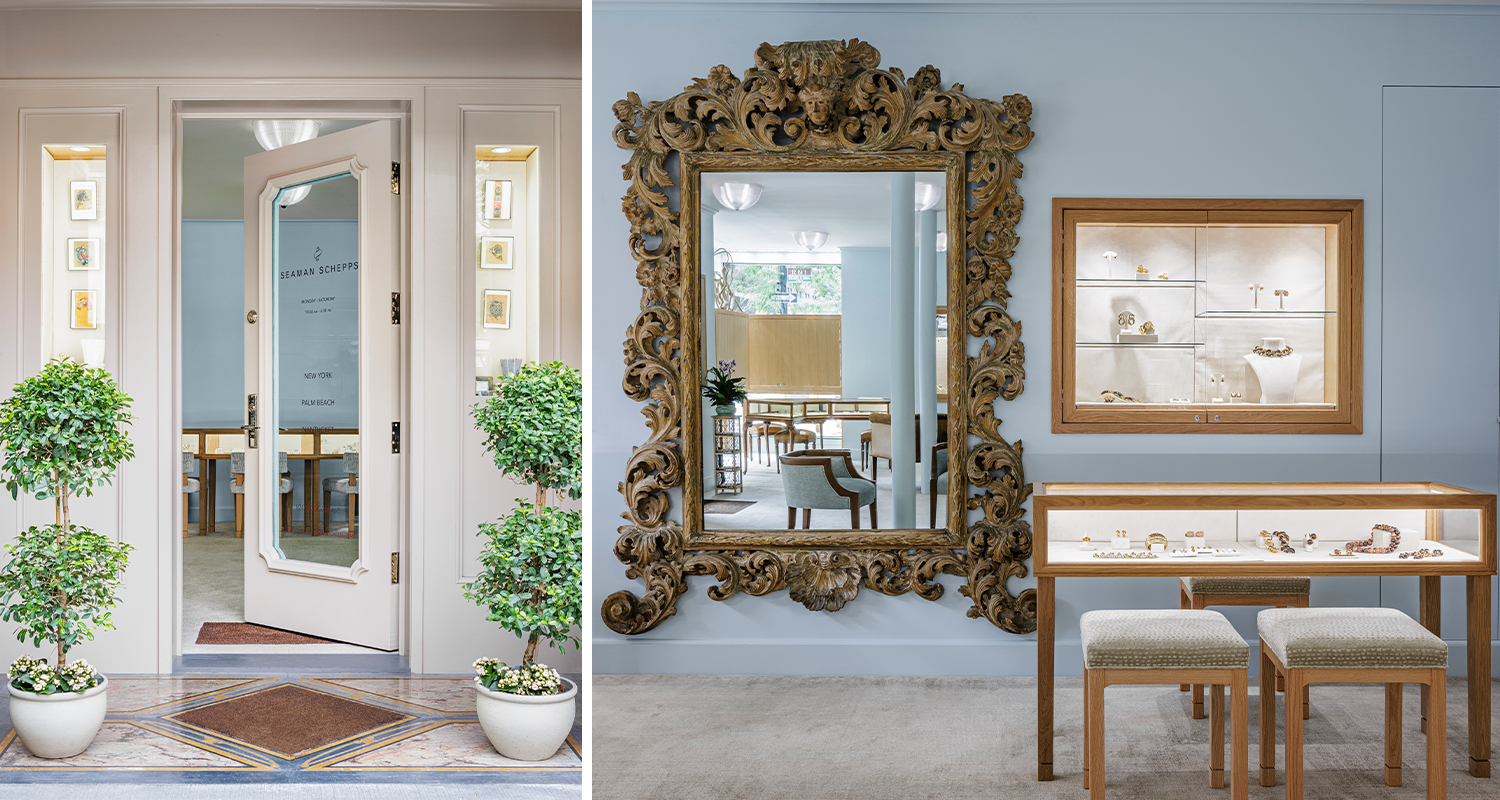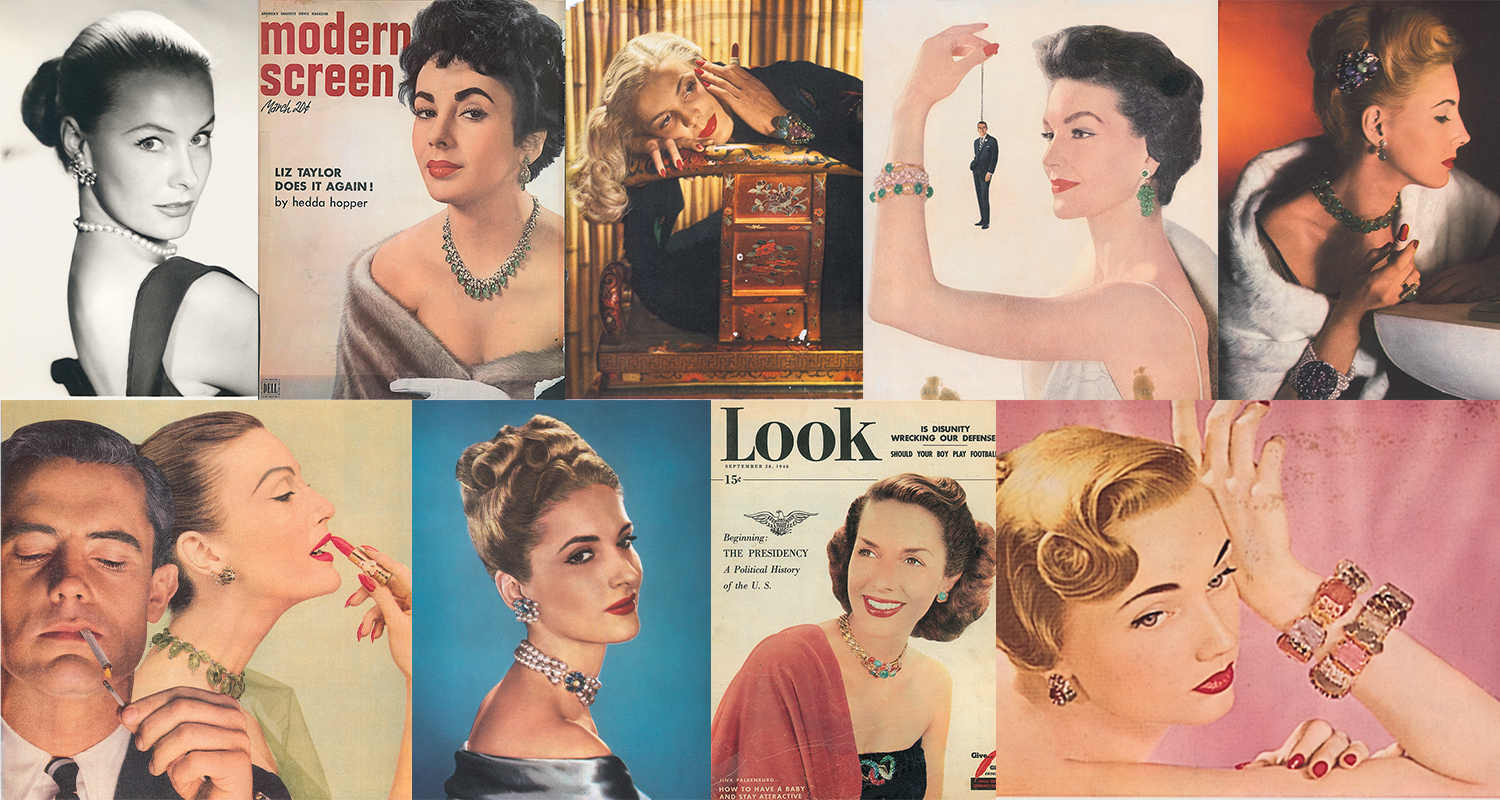
Heritage of Seaman Schepps
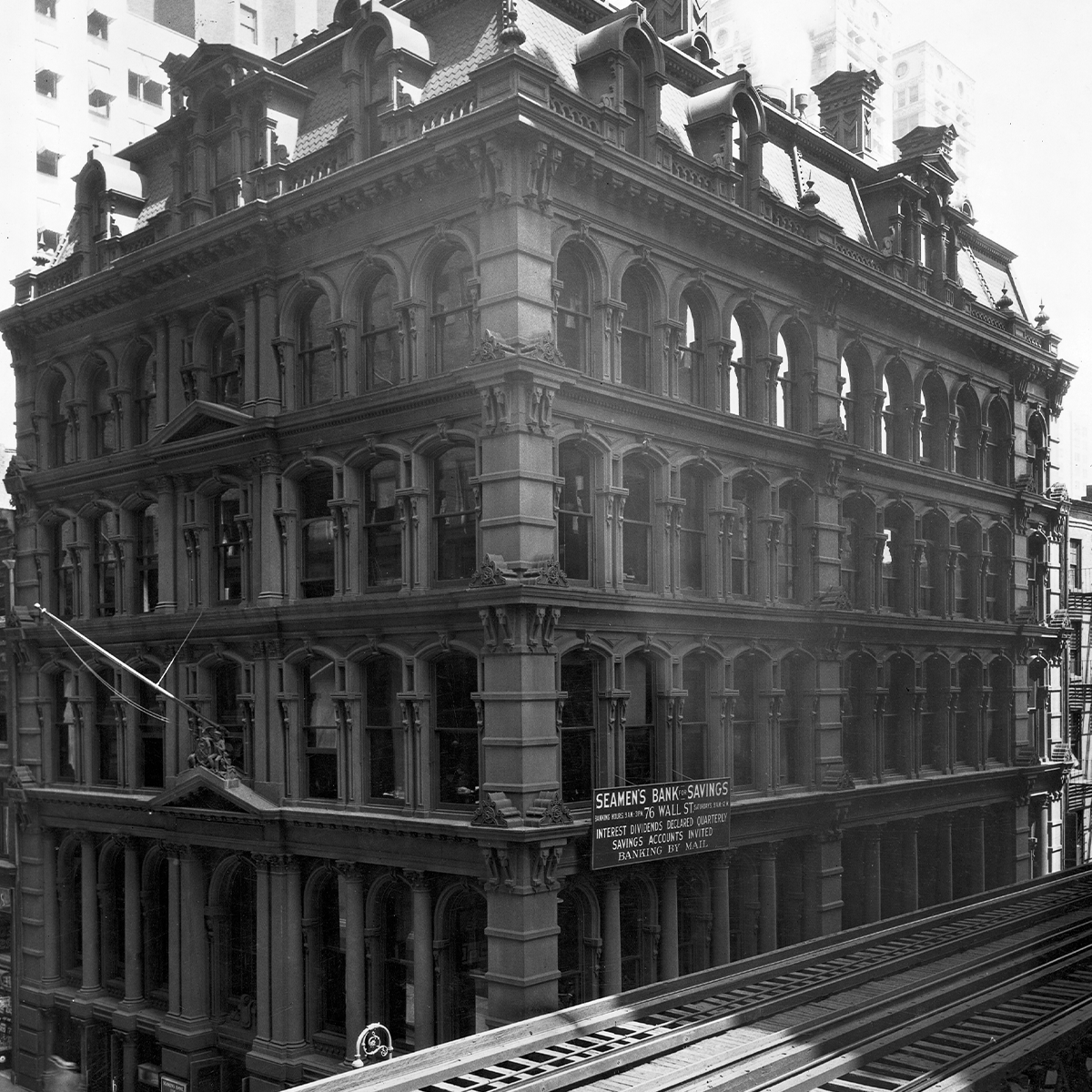
1881
Seaman Schepps was born in Manhattan’s Lower East Side from a family of Hungarian immigrants. Legend has it that the Seaman’s Bank for Savings, visible from his mother’s hospital window, was the inspiration for his name. His mother felt the name had a moneyed, established ring to it since he was the first in the family born in America.
As a young boy, Seaman Schepps worked various odd jobs to help the family. Outside of work and school, he was extremely fond of the arts. He was always hanging around the Academy of Music on Fouteenth Street to watch the latest show, Cooper Union to hear a lecture or at the most talked about theaters.
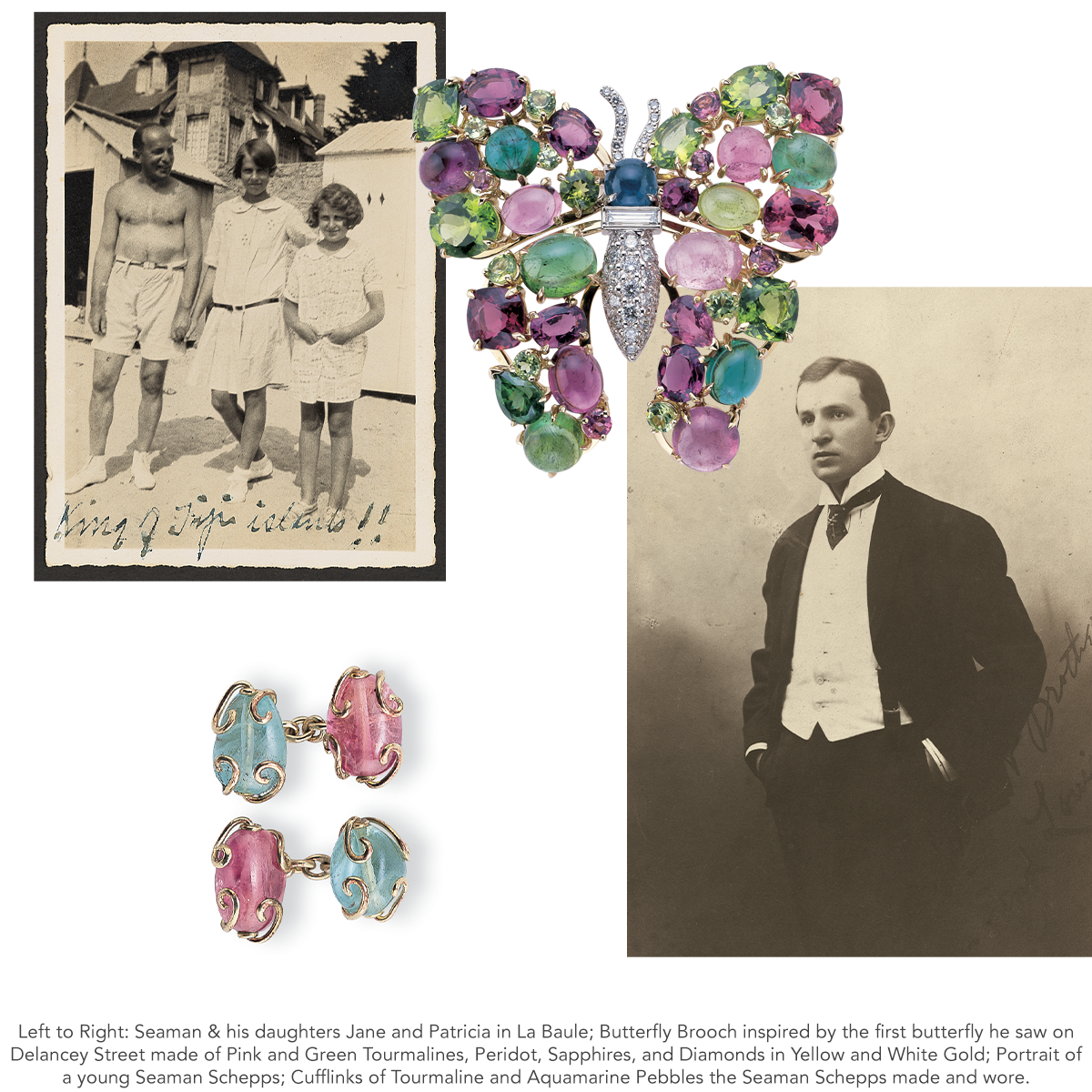
Est. 1904
He later became a traveling salesman, making his way cross country to Los Angeles where in 1904 he opened his first shop and soon married. In 1914, he relocated to San Francisco and opened “The Virginia Studios” a store named for his first daughter, Virginia Jane. After his younger daughter Patricia was born, the family returned to Los Angeles where he again opened for business.
The Schepps family returned east in 1921. Seaman Schepps opened on 6th Avenue around the corner from the Algonquin Hotel in the heart of New York City. Many of his clients were patrons of the arts and theatre and stars of the stage and screen. Due to the stock market crash in 1929, Schepps lost everything including his newly built shop at 1066 6th Avenue. The shock of this loss led Seaman Schepps to a turning point. In re-thinking his business strategy he decided to develop exclusive designs mixing unique ideas, bold colors and sharp textures.
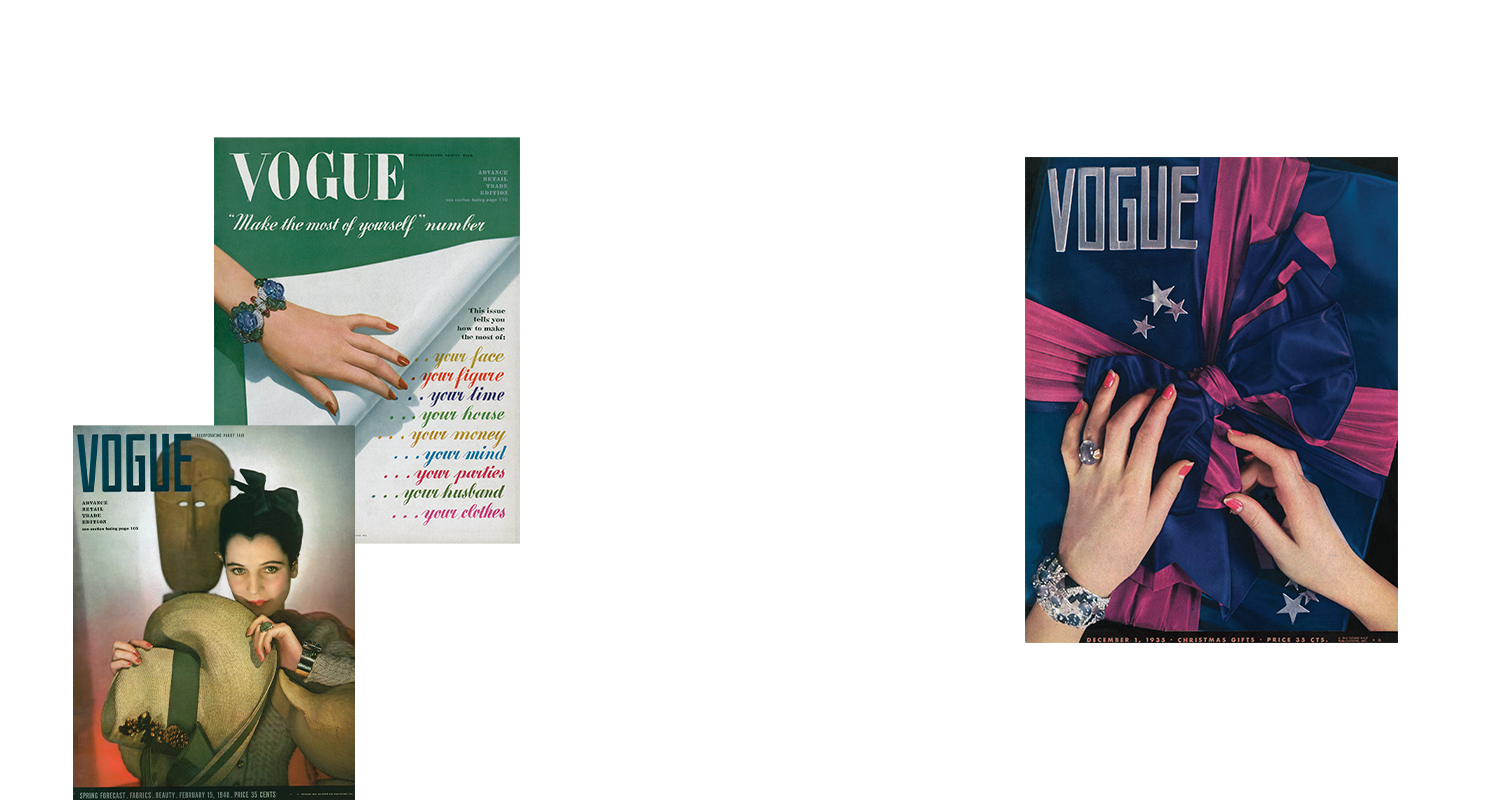
In 1934
Schepps opened his doors on Madison Avenue and was well on his way to being known as the most innovative American jeweler of his time.
While on a trip around the world, Mr. Schepps was so enamored with Hong Kong that he delayed the rest of his tour to stay for three months. There he discovered unlimited resources which could be adapted to extraordinary jewelry creations. From rough branch coral to lawn ornaments to elegantly carved ivory chess pieces, Schepps was inspired by everything that crossed his path.
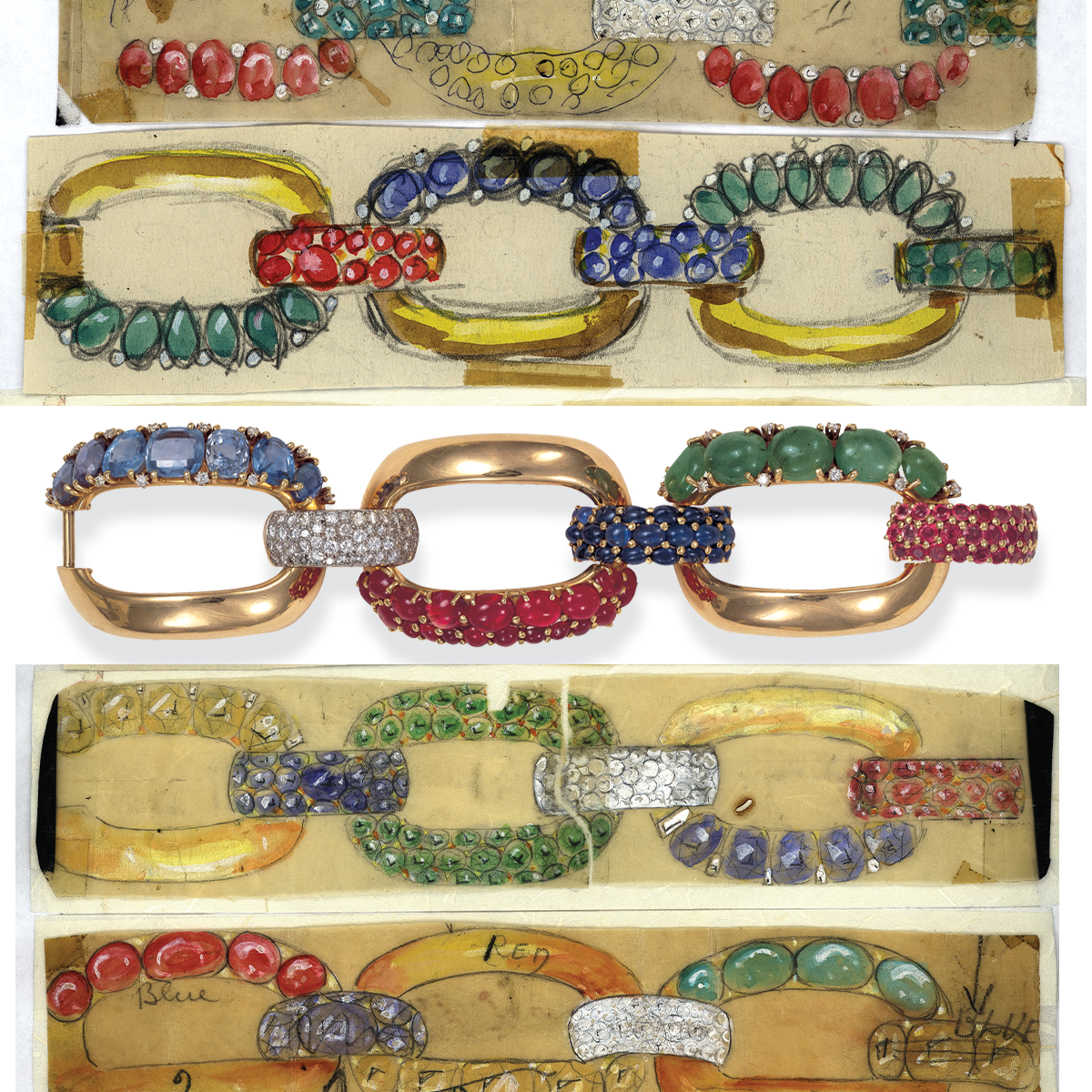
In the late 40's
The powerful, novel designs of Seaman Schepps came into their own. America, with a new sense of wealth and style, craved the splendid, sensational sophistication that became synonymous with the Schepps name. Broad shoulder pads were the distinctive mark of the times, and haute couture begged for bold new designs to display the extravagance of the era. The huge luscious pieces Schepps created were the natural complement. With a visionary sense of distinction, Schepps blended the unexpected — marrying diamonds, precious metals and man-made materials, choosing his media brilliantly to create a splendid palette of tone and hue.
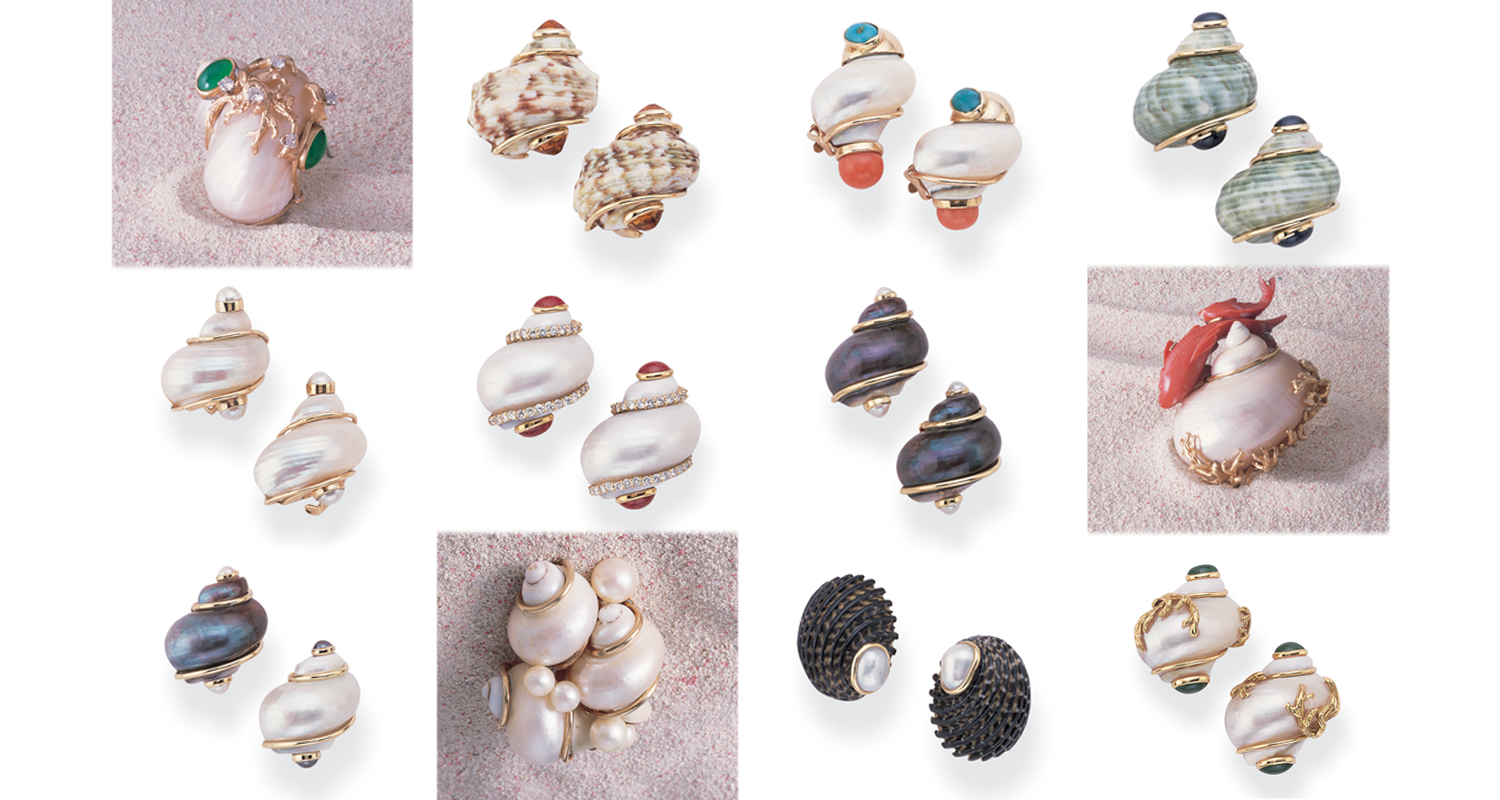
Through this unparalleled experimentation, Schepps pioneered a unique style of jewelry whose sense of splendor offered a new perspective to the world of fine jewelry.
Often clients wanted a one-of-a-kind bauble and commissioned Schepps to incorporate their old jewelry into a fresh new design. Frequently this led to landmark decisions that helped distinguish Schepps as an extraordinary talent. For example, a well known client brought him a necklace of beautiful turbo shells from the Indian Ocean, to be fashioned into earrings. Schepps immediately envisioned them with cabochon turquoise and coral set on the points and mounted with gold wire. In delighting his client, Schepps created one of the most popular trends in twentieth century jewelry.
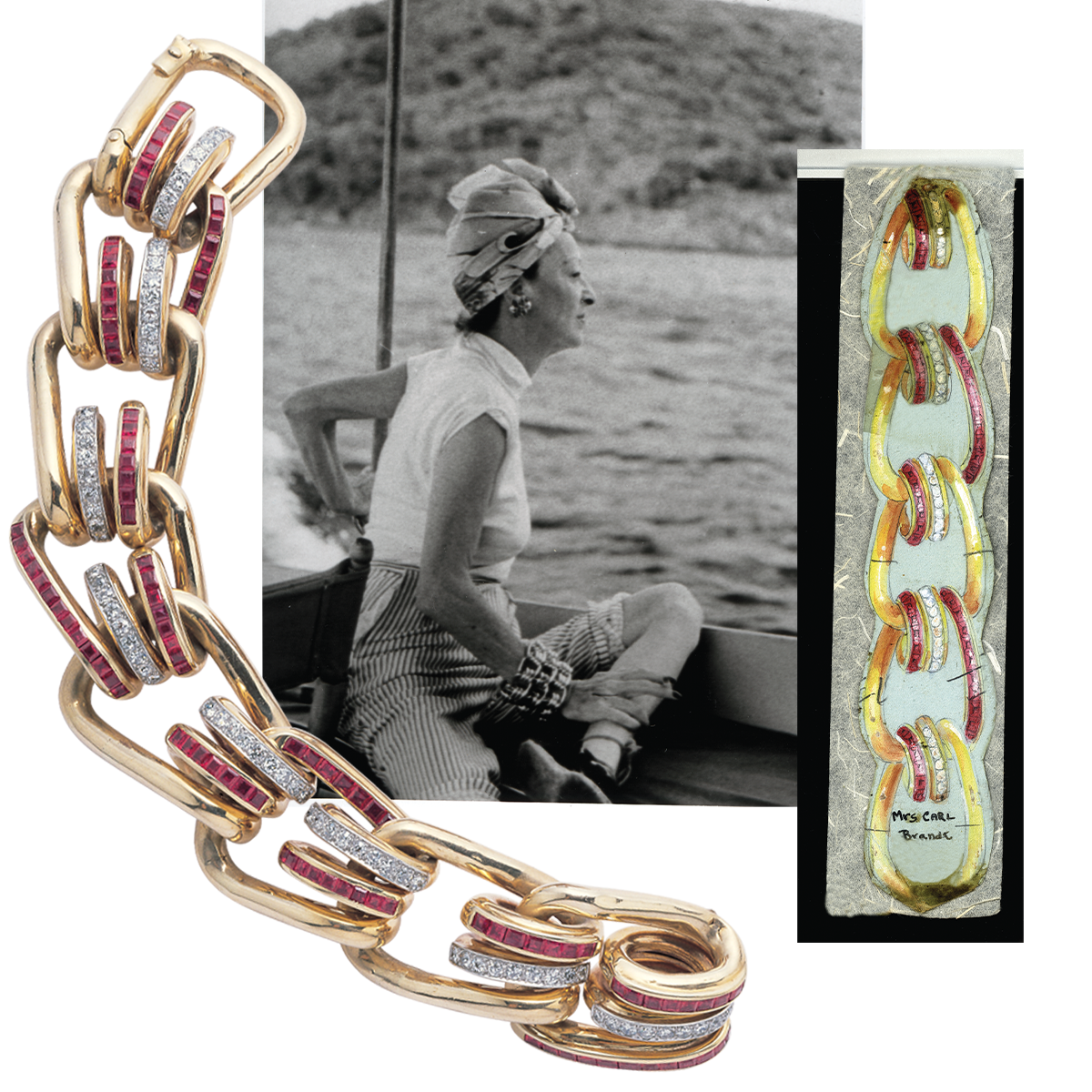
Another iconic piece was the Mousetrap Bracelet. Inspired from a spring of a mousetrap, using gold tubing, Schepps connected the links together and adorned them with precious stones. Blanche Knopf would wear three of them at a time making it one of the most iconic looks.
His client list also included President Franklin D. Roosevelt, the Duchess of Windsor, and members of the Du Pont, Mellon and Rockefeller families. By serving these most powerful and influential individuals, Schepps became known as “America’s Court Jeweler”.
When Seaman Schepps passed on in 1972, he left behind a legacy of truly innovative design concepts. Since his death, the appreciation of his work has grown, elevating it to a new plateau. Many renowned art collectors, notably Andy Warhol, Joan Quinn and Holly Soloman, have become aficionados of Schepps’ work, collecting it as works of art.
Today
Closing our 485 Park Avenue location we wanted to truly embrace the Seaman Schepps heritage and decided to move back to our roots on Madison Avenue. Our new store is located on the corner of 69th Street and Madison Avenue in New York City. The Madison Avenue store celebrates the splendor and singular style of this jewelry and art that will continue to be appreciated by the collectors and clients, old and new, of yesterday, today and tomorrow.


